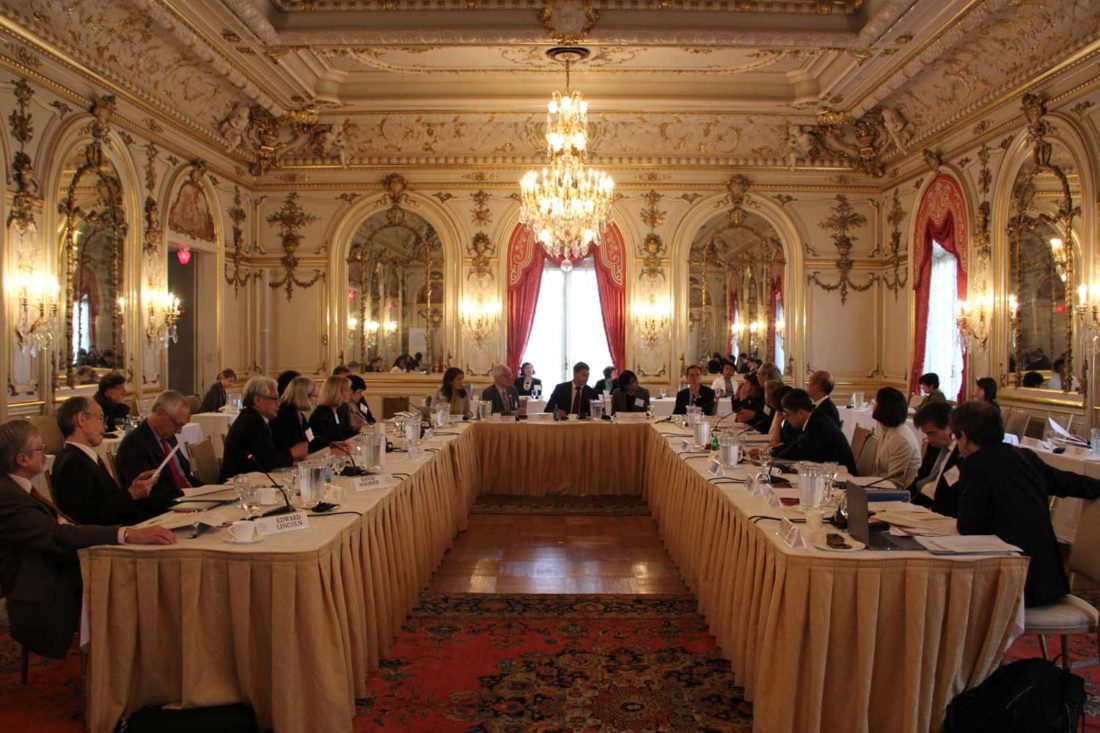CULCON (U.S.-Japan Conference on Cultural and Educational Interchange) is excited to take part in AAS-in-Asia 2020 for the first time under this difficult time. Since CULCON has often participated in the past AAS Conferences in the U.S. by the support of Japan-U.S. Friendship Commission (JUSFC), we are particularly happy this time to be able to welcome wider Asian colleagues and audiences to join our conversation with both Japan and U.S. CULCON Panelists in our “Special Panel: Reports from CULCON” on September 1, 2020.
In this Special Panel, we plan to talk about CULCON’s unique mission and how it was built and has been working in the past 60 years. To attract both public and official attention on vital cultural, educational and intellectual underpinnings of the binational relationship, CULCON has convened the regular forum of discussions by twelve Panelists from each country and has submitted the various policy recommendations to both governments so that the best new ideas are implemented as operational programs. In this CULCON Special Panel, we would like to introduce CULCON’s recent activities and universal goals that could be shared by AAS community members as the common agenda but not as one example of a unique case of Japan and the U.S.
Panelists are Dr. Sheila A. Smith, Council on Foreign Relations, Washington, D.C. and Dr. Fumiaki Kubo, The University of Tokyo, Japan.
In addition, this will be the first opportunity to virtually introduce two subcommittees’ final reports - Arts Dialogue Committee (ADC) and Education Review Committee (ERC). A Q&A session and a discussion including the audience will follow.
Arts Dialogue Committee (ADC) is led by Dr. Anne Nishimura Morse, The Museum of Fine Arts, Boston. ADC examines future measures to deepen interaction with Japanese art from traditional Japanese art to contemporary art and builds frameworks for cooperation and exchanges among scholars and artists that are beneficial to both the U.S. and Japan. Since its inception ten years ago, the ADC’s strategic and holistic set of goals has resulted in tangible contributions to the field in four areas: 1) The next generation of Japanese art professionals and its career pathways, 2) U.S.-Japan curatorial exchanges, 3) The new web-based information platform, and 4) Creation of a new campaign to expand public outreach.
Education Review Committee (ERC) is led by Dr. Masako Egawa, Hitotsubashi University, Japan. The governments, academic institutions, and the private sectors of both countries have taken tangible steps in addressing the Education Task Force (ETF)’s recommendations, in substantive ways, and set out the ambitious goal: Doubling the Number of U.S. and Japanese Students Studying in Each Other’s Country by 2020. Dr. Egawa will present and share here resourceful data and information from public and private sectors databases in order to understand the student mobility to the details. Let’s see whether the U.S.-Japan student mobility actually achieved this doubling goal within these eight years and see what the pressing issues for all of us to tackle in this global COVID-19 pandemic era.

